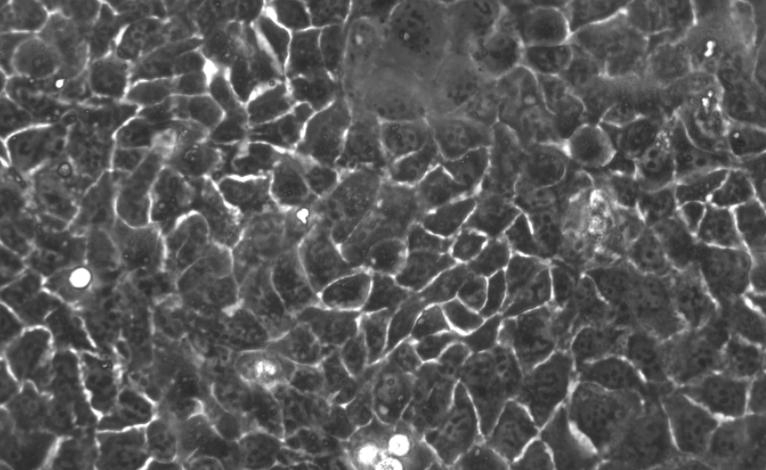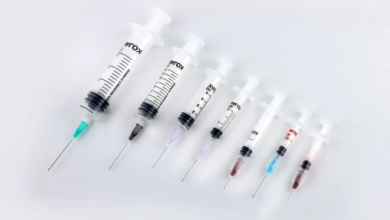Understanding the Applications of RT-4 Cells in Urological Studies

The intricate world of urology research demands precise and reliable cellular models to unravel the complexities of diseases affecting the urinary tract. Among the myriad of cell lines available, RT-4 cells have emerged as a particularly valuable tool, offering unique insights into bladder physiology and pathology. Derived from a human bladder transitional cell carcinoma, these cells provide a robust in vitro system for studying various aspects of urological health, from carcinogenesis to therapeutic responses.
The Genesis and Characteristics of RT-4 Cells
RT-4 cells were established from a well-differentiated transitional cell carcinoma of the human bladder. This origin is crucial to their utility, as they retain many characteristics of normal bladder epithelial cells while exhibiting some hallmarks of malignancy. This dual nature makes them ideal for comparative studies, allowing researchers to investigate the transition from healthy to diseased states.
Key characteristics that make RT-4 cells indispensable include:
- Epithelial Morphology: They display a typical epithelial morphology, forming monolayers in culture, which mimics the lining of the bladder.
- Differentiation Markers: RT-4 cells express various differentiation markers relevant to bladder epithelium, providing a realistic model for studying these specific cellular functions.
- Moderate Growth Rate: Their relatively stable growth rate allows for consistent experimental conditions and reproducible results over time.
- Genetic Stability: While being a cancerous cell line, they exhibit a degree of genetic stability that makes them a reliable model for long-term studies compared to some other highly aggressive cancer cell lines.
These attributes position RT-4 cells as a cornerstone for numerous urological investigations, complementing other widely used cell lines like the more aggressive T24 bladder cancer cells or even more general mammalian cell culture models such as CHO cells, which are often employed for protein production and general cytotoxicity assays but lack the specific bladder epithelial characteristics of RT-4 cells.
Diverse Applications in Urological Research
The versatility of RT-4 cells translates into a broad spectrum of research applications, each contributing significantly to our understanding of urological conditions.
1. Bladder Cancer Research
One of the primary applications of RT-4 cells is in bladder cancer research. Their origin from a transitional cell carcinoma makes them an excellent model for:
- Studying Carcinogenesis: Researchers use RT-4 cells to investigate the molecular mechanisms underlying bladder cancer initiation and progression. This includes examining genetic mutations, epigenetic alterations, and signaling pathway dysregulation.
- Drug Discovery and Screening: RT-4 cells are extensively used to test the efficacy of novel chemotherapeutic agents and targeted therapies. Their responsiveness to various compounds helps identify potential drug candidates that could be effective against bladder cancer.
- Understanding Drug Resistance: By exposing RT-4 cells to anti-cancer drugs over time, scientists can model and study the development of drug resistance, a critical challenge in cancer treatment. This allows for the exploration of resistance mechanisms and the development of strategies to overcome them.
- Radiation Sensitivity Studies: Investigating how RT-4 cells respond to radiation therapy helps optimize treatment protocols and understand the cellular damage and repair mechanisms involved.
2. Urothelial Barrier Function Studies
The urothelium, the specialized epithelial lining of the bladder, acts as a crucial barrier preventing the leakage of urine components into the underlying tissues and protecting against bacterial invasion. RT-4 cells provide an excellent model for studying this barrier function:
- Permeability Assays: Researchers can assess the permeability of RT-4 cell monolayers to various substances, mimicking the barrier properties of the bladder. This is vital for understanding conditions like interstitial cystitis/bladder pain syndrome, where barrier dysfunction is implicated.
- Tight Junction Research: RT-4 cells express tight junction proteins, which are critical for maintaining the integrity of the urothelial barrier. Studying these proteins in RT-4 cells can shed light on their role in health and disease.
- Response to Toxins and Irritants: The cells can be exposed to various toxins, irritants, or environmental pollutants to study their impact on bladder health and barrier integrity.
See also: Mastering Medical Billing Workflows A Complete Guide for Healthcare Practices
3. Infection and Inflammation Studies
Urinary tract infections (UTIs) and chronic bladder inflammation are widespread urological issues. RT-4 cells offer a valuable platform for investigating these conditions:
- Bacterial Adherence and Invasion: Researchers can co-culture RT-4 cells with uropathogenic bacteria to study bacterial adhesion, invasion, and intracellular survival mechanisms. This is crucial for understanding UTI pathogenesis and developing new antimicrobial strategies.
- Inflammatory Responses: RT-4 cells can be stimulated with inflammatory mediators or bacterial components to study the cellular inflammatory response, including cytokine production and signaling pathways. This helps in understanding chronic bladder inflammation and developing anti-inflammatory therapies.
4. Gene Expression and Proteomics Studies
Thanks to advancements in molecular biology, RT-4 cells are frequently utilized for comprehensive gene expression and proteomics analyses.
- Transcriptomic Profiling: RNA sequencing and microarray analyses on RT-4 cells can reveal global changes in gene expression in response to various stimuli, such as drug treatment, infection, or environmental changes.
- Proteomic Analysis: Mass spectrometry-based proteomics can identify and quantify proteins expressed by RT-4 cells, offering insights into cellular pathways and potential biomarkers. These detailed analyses provide a deeper understanding of cellular function and disease mechanisms, often complementing studies performed in other general cell lines like CHO cells when specific bladder-related protein expression is not the primary focus.
Actionable Insights for Researchers
For researchers considering RT-4 cells for their studies, here are some actionable tips:
- Verify Cell Authenticity: Always obtain RT-4 cells from reputable cell banks to ensure their authenticity and genetic integrity. Misidentified cell lines can lead to flawed research and irreproducible results.
- Optimize Culture Conditions: While RT-4 cells are relatively robust, optimizing their culture medium, serum concentration, and passage number is crucial for consistent experimental outcomes.
- Consider Co-culture Models: For more complex physiological relevance, consider co-culturing RT-4 cells with other cell types (e.g., fibroblasts, immune cells) to mimic the in vivo microenvironment more closely.
- Integrate with In Vivo Models: While powerful, in vitro studies with RT-4 cells should ideally be complemented with in vivo models to validate findings and understand systemic effects.
- Comparative Studies: When studying specific bladder characteristics, comparing RT-4 cells with other bladder cell lines or even general mammalian cell lines such as CHO cells (for broader cellular responses) can provide valuable comparative data and highlight unique bladder-specific mechanisms.
Conclusion
RT-4 cells represent an invaluable asset in urological research. Their unique characteristics, stemming from their human bladder transitional cell carcinoma origin, make them an exceptional model for investigating bladder cancer, urothelial barrier function, infection, inflammation, and gene expression. By leveraging this versatile cell line, researchers can continue to make significant strides in understanding the complex etiologies of urological diseases and developing innovative diagnostic tools and therapeutic strategies. The insights gained from RT-4 cell studies are pivotal in translating laboratory findings into improved patient care, ultimately advancing the field of urology.




